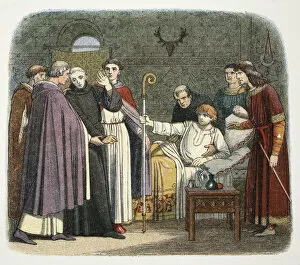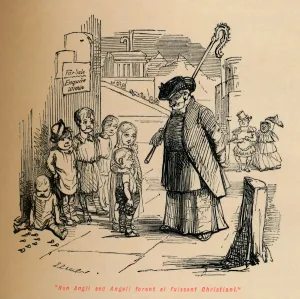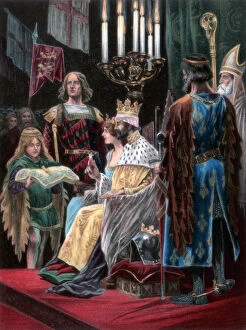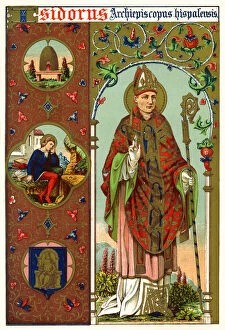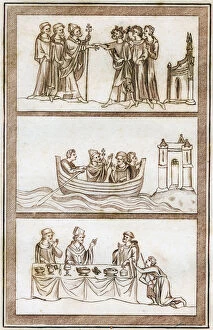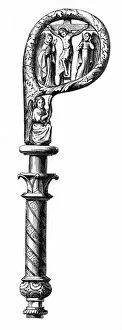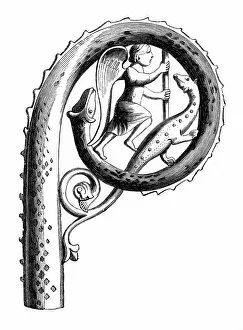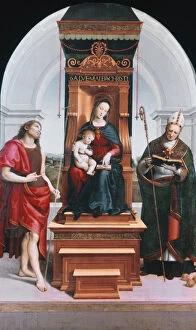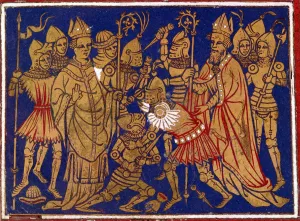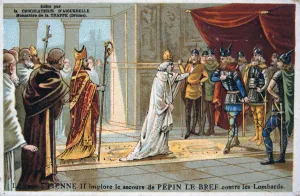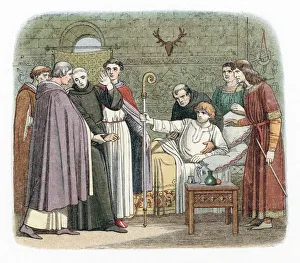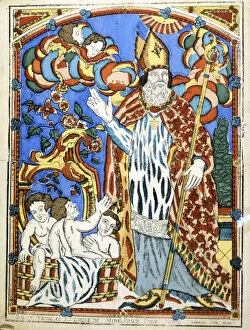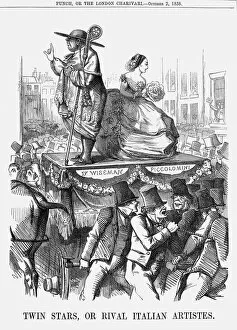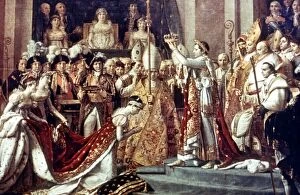Crosier Collection (page 4)
"Crosier: A Symbolic Journey Through Art and History" Step into the world of art and history as we explore the captivating symbol of the crosier
All Professionally Made to Order for Quick Shipping
"Crosier: A Symbolic Journey Through Art and History" Step into the world of art and history as we explore the captivating symbol of the crosier. From ancient engravings to oil paintings, this collection showcases its significance throughout centuries. In Michael Pacher's masterpiece "The Devil Presenting St Augustin with the Book of Vices, " a striking crosier stands tall, representing spiritual guidance in the face of temptation. Travel back to the 3rd century AD with Saint Denis of Paris' colored engraving, where a majestic crosier embodies his unwavering faith and martyrdom. William of Waynflete's oil painting from the 17th century portrays a dignified figure holding a crosier, symbolizing authority and leadership within religious realms. Journey to mid-19th century England through J Rogers' artwork "Edwy and Elgiva, " where love intertwines with religion as an intricately designed crosier takes center stage. Armand Jean le Bouthillier de Rance is immortalized in an exquisite engraving from 1683, showcasing his devotion through a meticulously crafted golden crosier. Witness Saint Patrick's legendary travels to Tara in a line engraving from the 19th century; his trusty companion on this journey is none other than his iconic crosier. Saint Blaise of Sebaste comes alive in stunning detail between 1490-1500. His gentle demeanor contrasts beautifully against his ornate silver-gilded crosier held firmly by his side. An altar adorned with scenes from St Martin of Tours' life reveals not only acts of charity but also highlights how he wielded his powerful yet graceful golden crosier during moments that defined him as a saintly figure. Alonso Cano's masterpiece "The Lady of Montserrat" captures her elegance while she holds onto her precious wooden-crafted crosier—a symbol of her spiritual authority.

